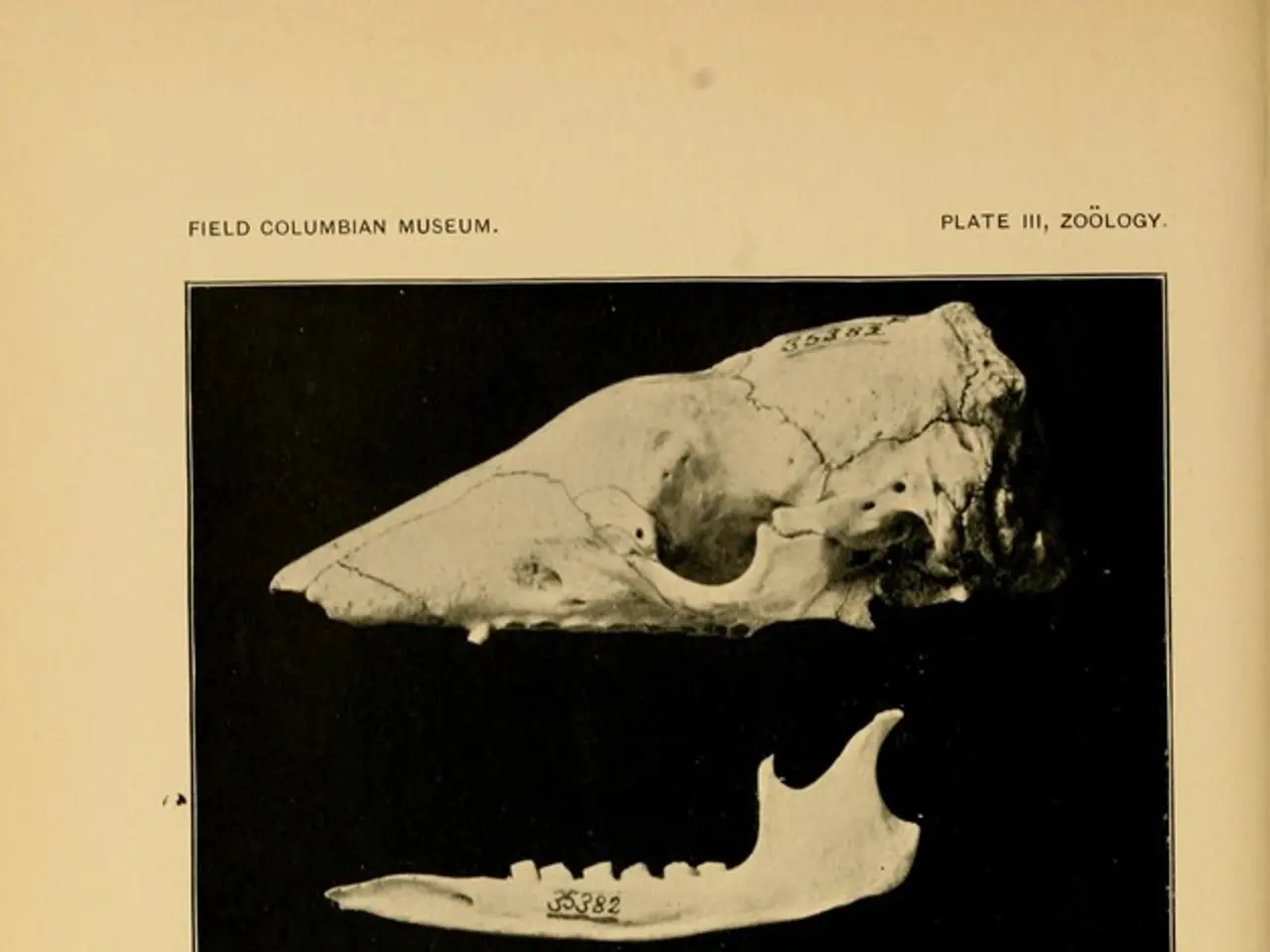Frequency, origins, and strategies for averting osteoarthritis
Osteoarthritis (OA), a common joint disorder that affects millions worldwide, has been found to be more prevalent in postmenopausal women. This article explores the key factors contributing to this increased risk beyond genetics.
Age and Hormonal Changes
After menopause, estrogen levels decrease, leading to reduced ligament strength and increased pressure on joints. This can contribute to the development of OA. Additionally, hormonal fluctuations during pregnancy or menopause can cause joint instability, increasing the risk of OA due to reduced ligament support.
Physical Activity and Joint Overuse
Engaging in high-impact activities, such as running or jumping, can increase the risk of OA by putting excessive stress on joints. Research indicates that high levels of physical activity are associated with an increased risk of OA, particularly in the knees and hips.
Obesity and Weight
Being overweight or obese increases the strain on joints, especially weight-bearing ones like the knees and hips, which accelerates OA progression. Weight loss can help reduce symptoms.
Past Injuries and Trauma
Past injuries, such as ACL tears or meniscus damage, can predispose individuals to OA by compromising joint integrity and increasing the likelihood of future degeneration.
Muscle Support and Alignment
Weakness in surrounding muscles can lead to poor joint alignment and increased stress on joints, contributing to OA development. Conditions like IT Band Syndrome, common in runners, cause friction on the knee joint, leading to pain and inflammation, which can contribute to the development of OA over time.
These factors highlight the importance of maintaining a healthy lifestyle, managing body weight, and ensuring proper joint care to reduce the risk of osteoarthritis in postmenopausal women. It is crucial to consider these factors when participating in sports or physical activities and to seek medical advice if experiencing joint pain or instability.
Further Considerations
- High impact sports may increase the risk of OA if engaged in frequently.
- OA is one of the leading causes of disability worldwide.
- The total amount of work earnings lost due to OA in the U.S. was $71.3 billion per year.
- The medical costs for individuals in the U.S. living with OA from 2008-2014 were $65.5 billion.
- OA can make it more challenging to maintain a moderate weight.
[1] Centers for Disease Control and Prevention. (2021). Osteoarthritis (OA). Retrieved from https://www.cdc.gov/arthritis/basics/osteoarthritis.htm
[2] Mayo Clinic. (2021). Osteoarthritis. Retrieved from https://www.mayoclinic.org/diseases-conditions/osteoarthritis/symptoms-causes/syc-20355427
[3] Arthritis Foundation. (2021). Prevention & Treatment. Retrieved from https://www.arthritis.org/living-with-arthritis/treatments/natural/prevention/
[4] National Institute of Arthritis and Musculoskeletal and Skin Diseases. (2021). Osteoarthritis. Retrieved from https://www.niams.nih.gov/health-topics/osteoarthritis
[5] American Academy of Orthopaedic Surgeons. (2021). Osteoarthritis. Retrieved from https://orthoinfo.aaos.org/en/diseases--conditions/osteoarthritis/
- Science has shown that osteoarthritis (OA) is more prevalent in postmenopausal women, and this article explores factors beyond genetics that contribute to this increased risk.
- Engaging in high-impact sports or activities can increase the risk of OA by subjecting joints to excessive stress, according to research.
- Obesity and being overweight significantly increase the risk of OA as the additional weight puts extra strain on weight-bearing joints.
- Past injuries or trauma can predispose individuals to OA by compromising joint integrity and increasing the likelihood of future joint degeneration. In terms of health and wellness, proper joint care, fitness and exercise, nutrition, and weight management are crucial in reducing the risk of OA. Furthermore, seeking medical advice is essential if experiencing joint pain or instability, especially when participating in sports or high-impact activities.




